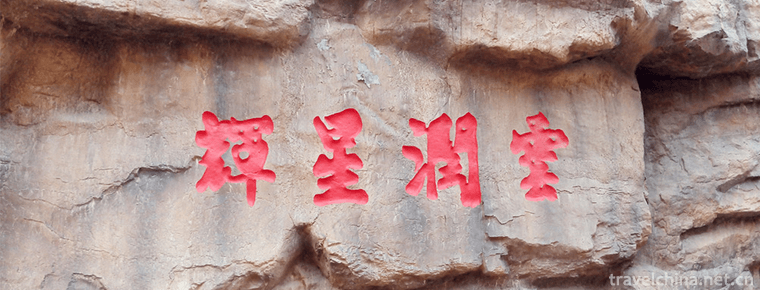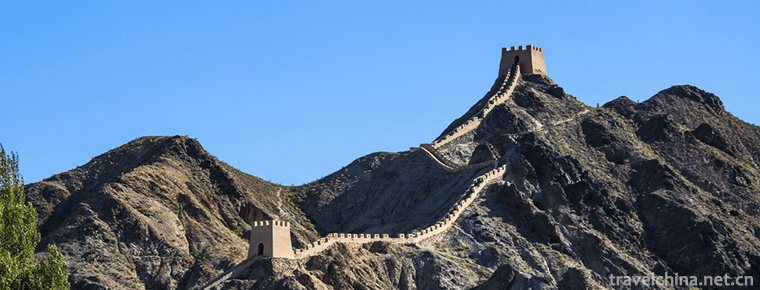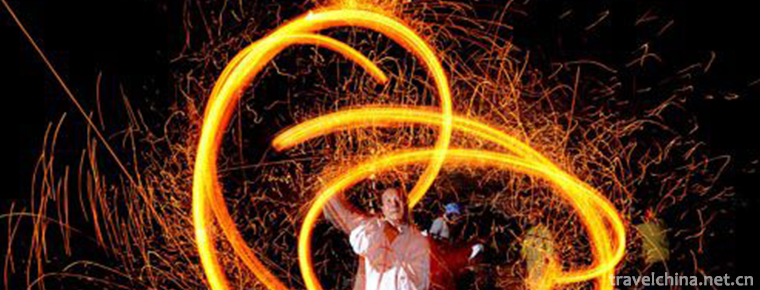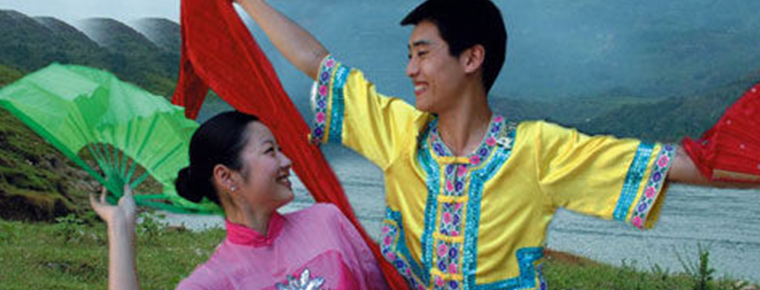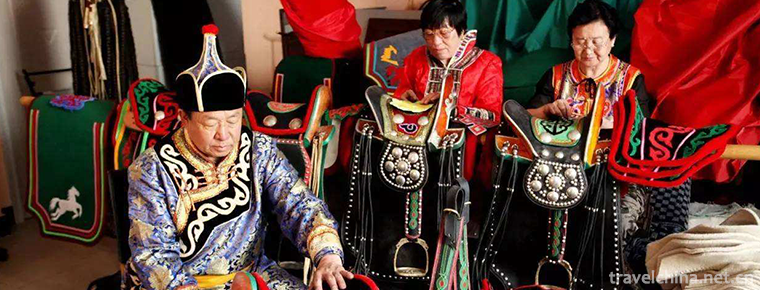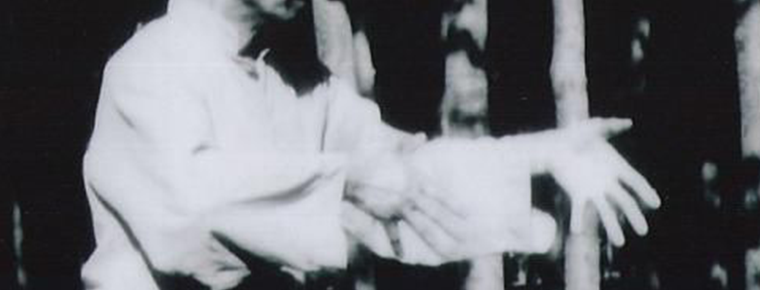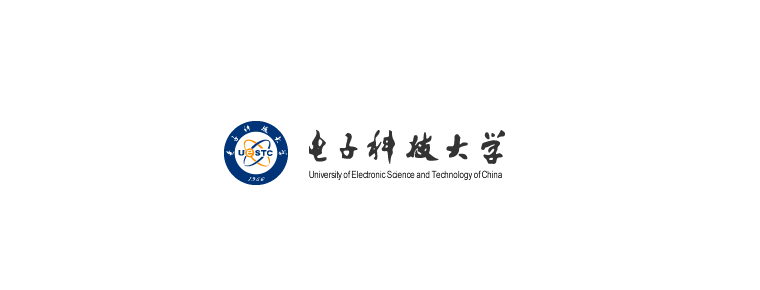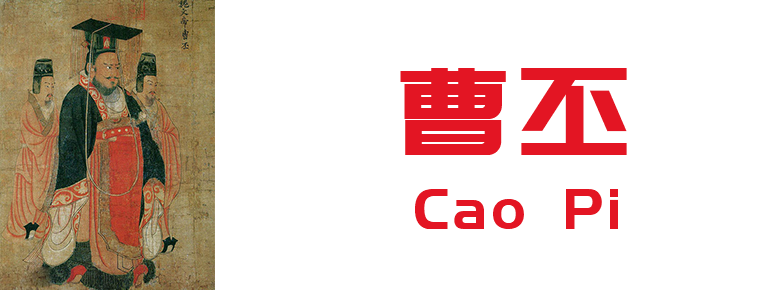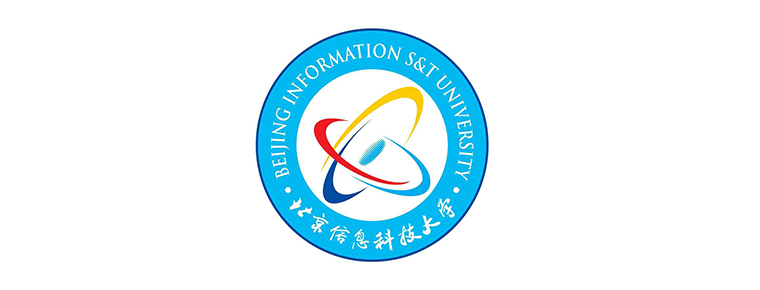Anhui University Of Traditional Chinese Medicine
Anhui University Of Traditional Chinese Medicine
Anhui University of Chinese Medicine is located in Anhui. Jiangnan Labial teeth, Huai right A famous historical and cultural city called "the throat". Hefei For Anhui higher education revitalization program "Local characteristics High level University Construction of universities and colleges and universities in Anhui province shall compile a pilot unit for filing system management.
Anhui University of traditional Chinese medicine was founded in 1959. Its predecessor was the Anhui Chinese medicine refresher course (school), founded in 1952. In 1959, the Anhui provincial government formally approved the establishment of Anhui University of Traditional Chinese Medicine. Guo Moruo Mr. Zhang wrote the name of the school. In 1970, Anhui University of Traditional Chinese Medicine was incorporated into Anhui medical college. In 1975, the Ministry of Education approved the resumption. Anhui College of traditional Chinese Medicine . In 2000, Anhui medical school merged into Anhui University of Traditional Chinese Medicine. In 2011, the provincial government approved the establishment of the foundation on the basis of Anhui University of Traditional Chinese Medicine. Anhui Academy of traditional Chinese Medicine . In 2013, the Ministry of education agreed to rename Anhui University of Traditional Chinese Medicine as Anhui University of traditional Chinese medicine.
The total value of teaching and research instruments and equipment is 189 million 70 thousand yuan; the library has nearly 2 million volumes (including 989 thousand and 300 Book Books); the ancient books Department collates 33 thousand volumes of ancient books and thread books; there are 14820 full-time students (including 1246 doctoral and graduate students), more than 3000 teaching staff (including affiliated hospitals), 16 two grade Colleges (departments affiliated to hospitals), and affiliated hospitals directly affiliated to the institutes of poverty, offering undergraduate courses in the field of undergraduate education, and a number of conferring points for doctoral degrees in the first level disciplines, master's degree awarding points for first level disciplines, master's degree conferring points for master's degrees, master's degree degrees for master's degrees, and B projects in China. As of May 2018, the school covers an area of 1171 mu, and has three schools, namely, Tsuen lake, Meishan road and Shi He road.
Historical evolution
Anhui University of traditional Chinese medicine was founded in 1959. Its predecessor was the Anhui Chinese medicine refresher course (school), founded in 1952.
In 1959, the Anhui provincial government formally approved the establishment of Anhui University of Traditional Chinese Medicine. Guo Moruo Mr. Zhang wrote the name of the school.
In 1970, Anhui University of Traditional Chinese Medicine was incorporated into Anhui medical college.
In 1975, the Ministry of Education approved the resumption of Anhui University of Traditional Chinese Medicine.
In 2000, Anhui medical school merged into Anhui University of Traditional Chinese Medicine.
2005 passed smoothly with good results. Ministry of Education Evaluation of undergraduate teaching level.
In 2009, third schools in the country passed the Ministry of education. Traditional Chinese Medicine Professional pilot certification.
In 2011, the Anhui provincial government approved the establishment of the Anhui Academy of Chinese medicine on the basis of Anhui University of Traditional Chinese Medicine.
In 2013, approved by the Ministry of education of China, Anhui College of traditional Chinese Medicine Upgraded to Anhui University of traditional Chinese medicine.
In 2014, the school became Anhui higher education revitalization program The second batch of "local characteristics high level university construction" project is set up to build universities.
School running conditions
Faculty strength
As of December 2014, there were more than 2500 faculty members (including two affiliated hospitals), of whom more than 500 were titles. There are 1 doctors in the country, 2 professors in the Yangtze River, 22 in the doctoral tutor, 333 in the master's degree, 5 in the special allowance of the State Council and 5 in the provincial government, 18 in the academic and technological leaders and the reserve personnel in Anhui Province, 26 in the academic experience program of the famous Chinese medicine veteran, 2 in the national teaching team, and 2 in the provincial teaching team. 56 well-known experts and scholars from China and abroad served as visiting professors.
· Student training
In 2010, the 2 Chinese medicine universities in Changchun and Fujian began to exchange students, set up extracurricular technological innovation and venture funds for university students, and carry out various kinds of competition activities such as "knowledge and skills competition" and "Challenge Cup" and so on. From 2008 to 2013, there were more than 200 students in the school. More than 70 provincial and ministerial level commendation and awards were awarded in the fields of academic technology and innovation and entrepreneurship. Among them, 1 were awarded the national university management decision-making simulation contest 1 times, 1 were the national "Challenge Cup" College Students' Entrepreneurship plan competition three, and the other three were awarded the "Challenge Cup" college students extracurricular academic science and technology competition three times. In 2008 - 2014, the average employment rate of school graduates was above 94%, and was continuously awarded the title of "advanced group" or "pacesetter unit" in the employment work of colleges and universities in Anhui.
Affiliated Hospital
As of December 2014, there were 3 directly affiliated hospitals (the First Affiliated Hospital, the Second Affiliated Hospital, the Third Affiliated Hospital) and 4 non directly affiliated hospitals.
Among them, the First Affiliated Hospital is the largest three grade comprehensive Chinese medicine hospital in the province. The Second Affiliated Hospital is the first three grade first class acupuncture specialist hospital in China. The Third Affiliated Hospital is the third batch of key western medicine hospitals in China. The Affiliated Hospital of neurology research institute is a specialized hospital for the diagnosis and treatment of hepatolenticular degeneration. Guo Yi Tang is a medical unit for the majority of patients with YISHION's traditional Chinese medicine.
Cooperation and communication
As of December 2014, the school has established friendly and cooperative relations with 41 medical and educational institutions in 26 countries and regions, including the United States and Australia. In 1994, foreign students were admitted to more than 20 countries and regions to study for master's degree, bachelor's degree and clinical training. The exchange of visits and students' activities with universities in the United States, Sweden, Singapore, Japan, Korea and Hong Kong, Macao and Taiwan.
In addition, the school signed a comprehensive cooperation agreement with the people's governments of Mount Huangshan, Bozhou, Jixi and Shucheng, signed a strategic cooperation agreement with the famous Chinese medicine enterprises in Henan, such as Henan Wanxi, Jiangsu Kang Yuan and Shenzhen 39, and built 25 production and research cooperation bases, such as Bozhou, Ji Ren medicine, etc., to carry out over 50 technical services.
academic research
Research Institute
As of December 2014, there were 4 provincial-level scientific and technological innovation teams, 24 provincial key laboratories and Engineering (Technology) research centers, and the research institutes of Anhui Computer Institute of applied Chinese medicine, clinical medicine research institute, modern Chinese medicine research center, scientific research experimental center, medicine research institute, integrated Chinese and Western Medicine Institute, Xin'an medical research center, Chinese Medicine Research Institute, neurology Institute and other research institutes were established. In addition, the school also established a strategic alliance of Chinese herbal medicine technology industry in Anhui.
Key Laboratory of Ministry of Education: Key Laboratory of Xin'an medical and Education Ministry
Anhui Key Laboratory: Anhui Key Laboratory of acupuncture foundation and technology, Key Laboratory of modern Chinese medicine, Anhui Provincial Key Laboratory of research and development of Chinese Materia Medica, Anhui
Anhui Engineering Technology Research Center: Anhui engineering technology research center of modern Chinese Medicine
Anhui 2011 Collaborative Innovation Center: Anhui authentic Chinese medicine quality improvement collaborative innovation center
The Chinese Medicine Research Laboratory (base) of the State Administration of traditional Chinese medicine: The application foundation and Development Research Laboratory of modern Chinese medicine, digital imaging technology laboratory, Chinese medicine pharmacy laboratory, neurobiology (acupuncture) laboratory, immune laboratory, cell and Molecular Biology (encephalopathy) laboratory, chronic obstructive pulmonary disease, lung qi deficiency syndrome research center, and national clinical research base of Chinese medicine.
Achievements in scientific research
In the past 2009-2014 years, the school has undertaken over 1500 kinds of projects at all levels. Among them, it has undertaken 136 national projects, including the national "973" plan, the national "863" plan, the national science and technology support plan, the spark program key project, the major new drug creation project, the National Natural Science Foundation and the social science fund, and the research fund has been 2 billion yuan. More than 300 research achievements have been achieved, and 27 scientific and Technological Awards above the provincial level or above have been awarded, including 2 of the national science and technology progress award.
In the 2015 National Natural Science Foundation of China, 23 of the projects were approved by the National Natural Science Foundation of China in 2015, and a total of 9 million 479 thousand yuan (total funds of about 11 million 850 thousand yuan) was approved.
http://www.ahtcm.edu.cn/
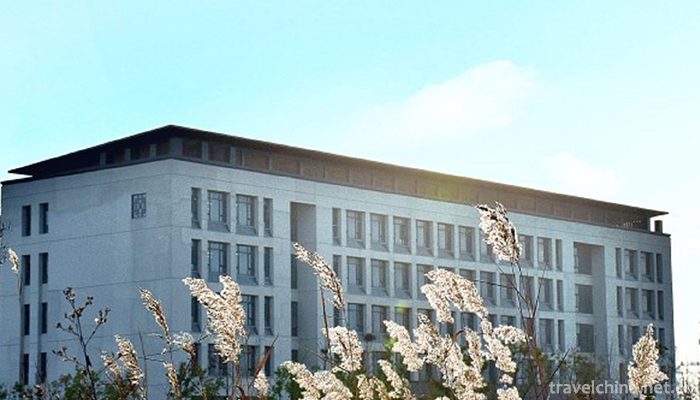
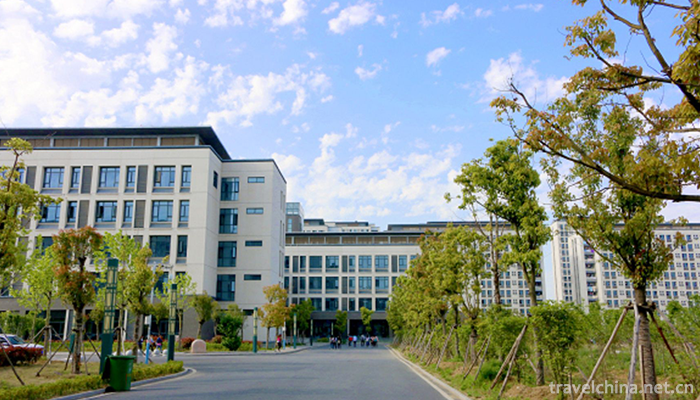
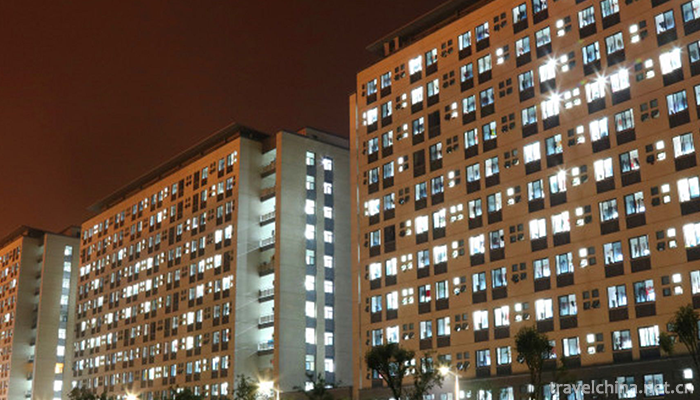
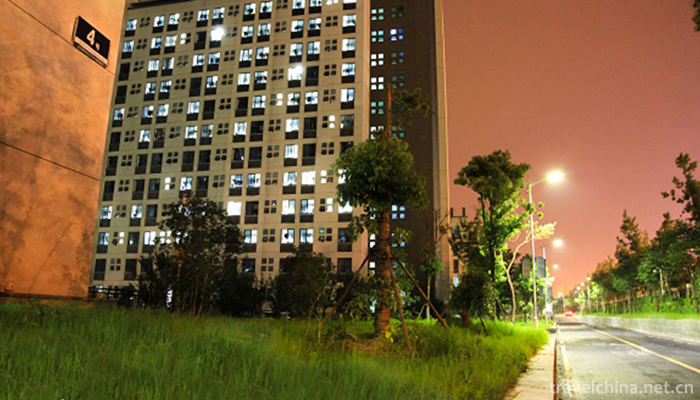
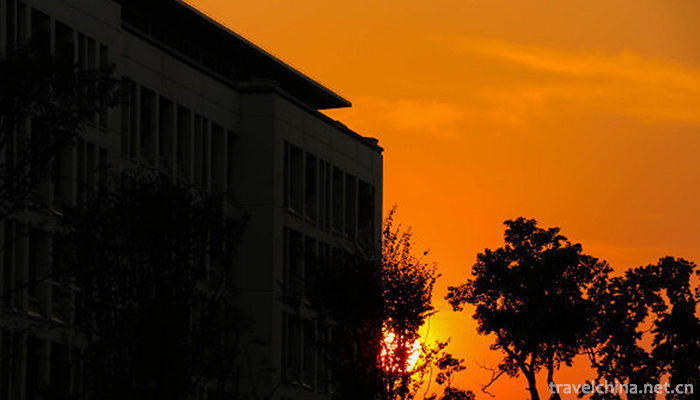

Anhui University Of Traditional Chinese Medicine
-
Huaxia City Tourist Scenic Spot
Weihai Huaxia City Scenic Area belongs to Huaxia Cultural Tourism Group Co., Ltd. It is located in Weihai, a beautiful seaside resort city.
Views: 259 Time 2018-12-08 -
Yellow River First Beach
Views: 185 Time 2018-12-22 -
Overhanging Great Wall
The hanging wall of the Great Wall is located on the northern slope of the Heishan Mountains on the north side of Shiguan Gorge, 8 kilometers north of Jiayuguan City
Views: 188 Time 2019-02-26 -
Wind and Fire Meteor
Fenghuo Meteor is a traditional folk performing art which combines acrobatics and martial arts. It is one of the first intangible cultural heritages in Shanxi Province.
Views: 420 Time 2019-04-29 -
Lantern Opera
Flower lantern opera is a kind of traditional opera widely popular in China. Its prominent feature is that the hands are inseparable from fans and handkerchiefs, singing and dancing
Views: 309 Time 2019-05-04 -
Mongolian Horse Tool Making Skills
The Mongolian horse harness making technique is a handicraft in Horqin left-wing Houqi area of Inner Mongolia Autonomous Region. The production technology of horseback is accompanied by the "hors
Views: 114 Time 2019-06-05 -
Yi Quan
Yiquan, also known as Dacheng Quan, is one of the traditional Chinese boxing and belongs to Neijia Quan. It comes from mind boxing. Including: standing pile, trial, footwork, strength, sound test, pus
Views: 197 Time 2019-07-13 -
University of Electronic Science and Technology Of China
Located in Chengdu City, Sichuan Province, the University of Electronic Science and Technology, formerly known as the Chengdu Institute of Telecommunication Engineering, was deployed by Premier Zhou E
Views: 202 Time 2019-08-31 -
Cao Pi
Wei Wendi Cao Pi (187 - 26 June 29th) Zi Wan Pei Guo Qiao County, Yuzhou City (now Anhui Province Bozhou City People. Three Kingdoms period Famous Politician , Litterateur , the Wei state of the Three
Views: 225 Time 2019-09-15 -
Beijing Information Science And Technology University
Beijing Information Science and Technology University (Beijing Information Science and Technology University), located in Beijing City, is a city with a coordinated development of engineering, managem
Views: 179 Time 2019-09-21 -
Cuiping Mountain Park
Cuipingshan Park, located in the northwest of Yibin City, Sichuan Province, is a famous urban forest park integrating scenic spots and forest scenery. It is mainly composed of Cuiping mountain and Zhenwu mountain.
Views: 151 Time 2020-10-16 -
How long does it take for Chengdu to get to the giant panda base
When you come to Chengdu, you must come and see the lovely giant panda. The nearest panda base to the city is the giant panda breeding research base. How long does it take from Chengdu to the giant panda base?
Views: 75 Time 2020-12-13
